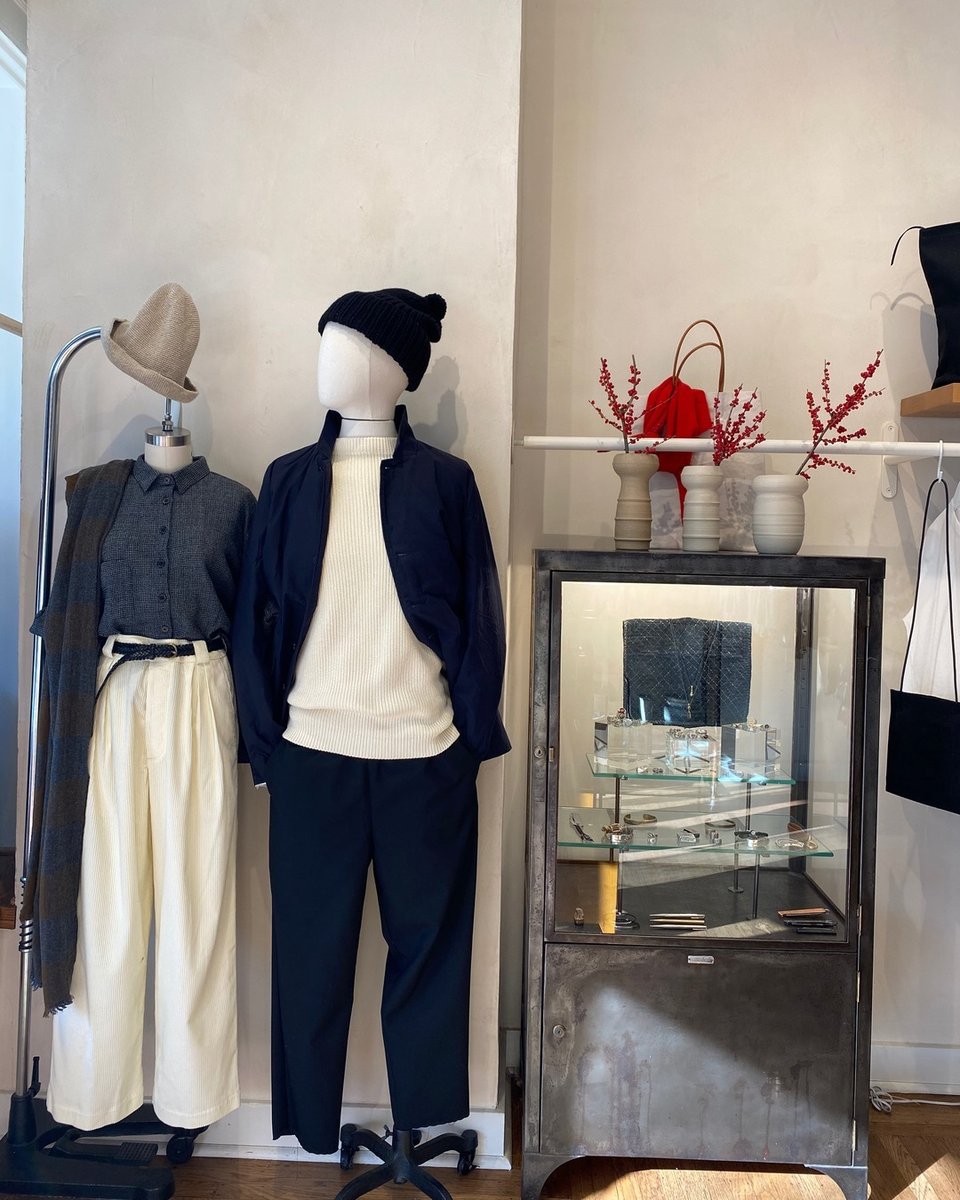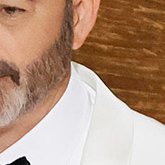
I often get questions from women who like what I post, but want a womenswear version. Unfortunately, I don't know much about womenswear and don't know who to recommend. If any women follow me and feel they have good suggestions, please drop them below!!
PLEASE NOTE I DON'T KNOW ANYTHING ABOUT WOMENSWEAR. THESE ARE JUST MY VERY UNINFORMED OPINIONS.
But in case they are at all useful, here are some things I like:
But in case they are at all useful, here are some things I like:
IG accounts: emiliecsz, ponytailjournal, shungacowgirl, theprophetpizza, halemur, ehawtin, outfitdissecting, therosenrot, sarahlinhtransiegelbaum, orangepancakes, be_spokenbyjihae, _nthea, stephaniebroek, and charlotterampling_ (not actually her account, but i like her style) 







Stores: Tina the Store, 180 the Store, 45rpm, Reliquary, Front General Store, Mohawk General Store, Blue Button Shop, Epitome of Edinburgh, New World Order NYC, Rosen-X, Raggedy Threads, Cotton Sheep in San Francisco, Neighbour in Vancouver, Frances May, Margaret Howell, Lemaire 







Some women have asked if I can recommend a bespoke tailor. One of my tailors, Fred Nieddu, has made suits and casualwear for women, both private clients and for films/TV (he made Diana's suit in season 6 of The Crown). His IG is frednieddu 







Writers: @VVFriedman, @RobinGivhan, @theprophetpizza, @lingerie_addict, @LizziePaton, @elizabethlcline, @trufelman, @lapresmidi, @BinkleyOnStyle, @halemur, @rachsyme
Media: @TheCut, @thecuttingclass, The Rosenrot, Articles of Interest, @HotButtonsPod, and Outfit Dissecting

Media: @TheCut, @thecuttingclass, The Rosenrot, Articles of Interest, @HotButtonsPod, and Outfit Dissecting


I forgot one! Namu advertises on my site, but I genuinely love what they do. They carry labels like Auralee, Phlannel, and Studio Nicholson, which I think offer really simple, stylish clothes.
IG: namu_shop
website: namu-shop.com



IG: namu_shop
website: namu-shop.com




• • •
Missing some Tweet in this thread? You can try to
force a refresh






































